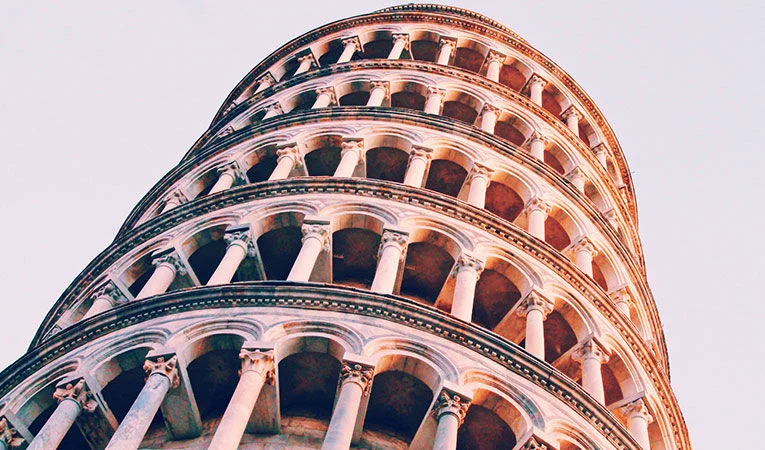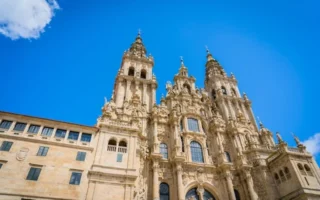Introduction:
Architecture serves as a profound reflection of a nation’s culture, history, and identity. Every corner of the globe boasts its own architectural treasures, from ancient wonders to modern marvels. But when it comes to determining which country has the best architecture, the answer is subjective and multifaceted. Join us on a journey as we explore the architectural landscapes of various countries, uncovering the unique characteristics that make them stand out on the global stage.
I. Italy: The Cradle of Renaissance Architecture
A. Iconic Landmarks:
Italy’s architectural heritage is synonymous with timeless masterpieces such as the Colosseum, the Pantheon, and the Duomo of Florence, which epitomize the grandeur and elegance of Renaissance architecture.
B. Urban Planning:
Italian cities like Rome, Florence, and Venice are living museums of urban planning, with historic neighborhoods, piazzas, and winding streets that offer a glimpse into the past while embracing modern life.
II. France: Pinnacles of Gothic and Beaux-Arts Architecture
A. Gothic Cathedrals:
France boasts some of the most magnificent Gothic cathedrals in the world, including Notre-Dame de Paris, Chartres Cathedral, and Reims Cathedral, which showcase intricate stone carvings, towering spires, and awe-inspiring stained glass windows.
B. Parisian Elegance:
Paris is synonymous with architectural elegance, from the iconic Eiffel Tower to the Haussmannian boulevards lined with grand buildings adorned with ornate balconies and wrought-iron balconies.
III. Spain: A Tapestry of Islamic, Gothic, and Modernist Influences
A. Islamic Architecture:
Spain’s architectural heritage is enriched by its Moorish past, with gems like the Alhambra in Granada and the Great Mosque of Córdoba exemplifying the beauty of Islamic architecture.
B. Modernist Movement:
Barcelona’s architectural landscape is dominated by the visionary works of Antoni Gaudí, including the Sagrada Família, Casa Batlló, and Park Güell, which epitomize the whimsical and organic style of Catalan Modernism.
IV. United States: A Melting Pot of Architectural Styles
A. Skyscraper Skyline:
American cities like New York City, Chicago, and Los Angeles boast iconic skyscrapers that define their urban landscapes, from the Art Deco splendor of the Empire State Building to the sleek modernism of the Chrysler Building.
B. Architectural Diversity:
The United States is a melting pot of architectural styles, with influences ranging from Colonial and Victorian to Mid-Century Modern and Postmodern, reflecting the country’s cultural diversity and spirit of innovation.
V. Japan: Harmony Between Tradition and Modernity
A. Traditional Architecture:
Japan’s architectural heritage is characterized by the elegant simplicity of traditional wooden structures like temples, shrines, and tea houses, which embody the principles of wabi-sabi and Zen aesthetics.
B. Contemporary Design:
Japanese architects are renowned for their innovative approach to contemporary design, blending cutting-edge technology with traditional craftsmanship to create minimalist, sustainable, and contextually responsive architecture.
VI. Brazil: The Vibrant Spirit of Modernism
A. Oscar Niemeyer’s Legacy:
Brazil’s architectural landscape is indelibly shaped by the visionary works of architect Oscar Niemeyer, whose iconic buildings in Brasília, Rio de Janeiro, and São Paulo embody the spirit of Brazilian Modernism.
B. Tropical Modernism:
Brazilian architects embrace the country’s tropical climate and lush landscapes, designing buildings that blur the boundaries between indoor and outdoor spaces, such as Lina Bo Bardi’s São Paulo Museum of Art and Burle Marx’s Copacabana Beach promenade.
Conclusion:
Determining which country has the best architecture is a subjective endeavor, as each nation boasts its own unique architectural heritage and contributions to the built environment. From the timeless elegance of Italian Renaissance palaces to the avant-garde designs of Japanese architects, the world is a canvas of architectural diversity and innovation. By exploring the architectural marvels of various countries, we gain a deeper appreciation for the rich tapestry of human creativity and ingenuity that defines the global architectural landscape.




